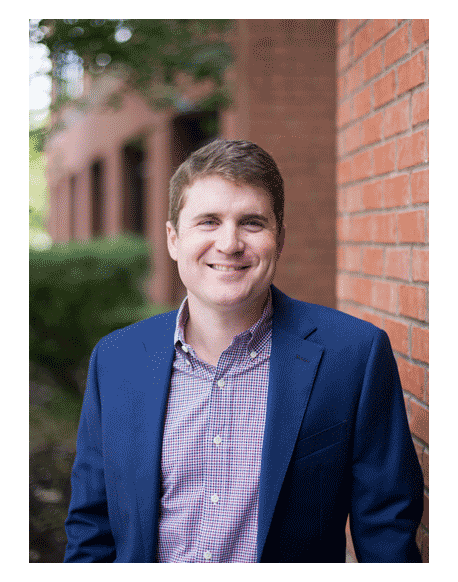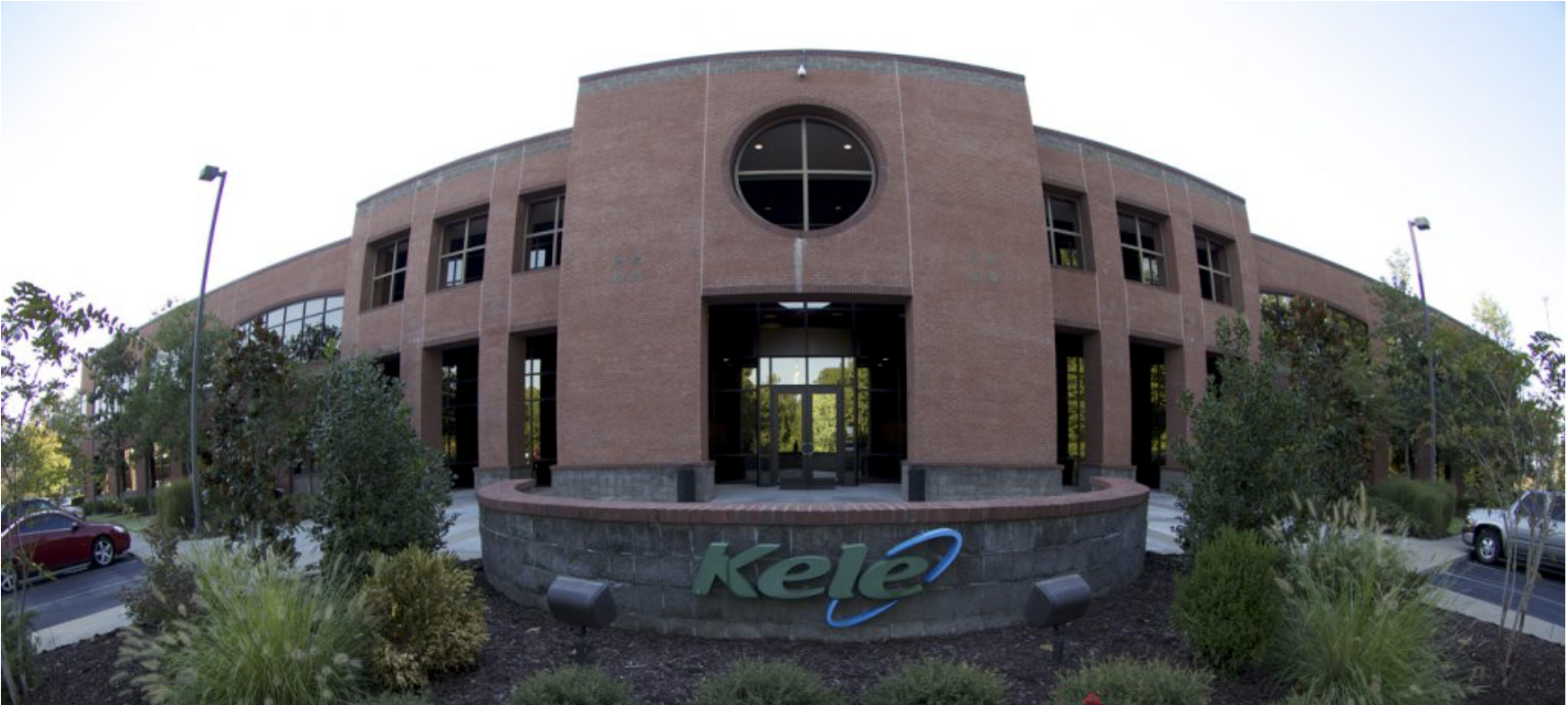 MEMPHIS, Tenn. – Kele, Inc. announced today that Danny Lyons has joined the company as Chief Financial Officer. Lyons previously served as Kele’s corporate controller for three years between 2014 and 2017. Prior to being named Kele CFO, Lyons spent one year as director of financial reporting and controls with VIP Cinema Seating in New Albany, Miss.
MEMPHIS, Tenn. – Kele, Inc. announced today that Danny Lyons has joined the company as Chief Financial Officer. Lyons previously served as Kele’s corporate controller for three years between 2014 and 2017. Prior to being named Kele CFO, Lyons spent one year as director of financial reporting and controls with VIP Cinema Seating in New Albany, Miss.
“We couldn’t be happier to welcome Danny back to the Kele family,” said President and CEO Richard Campbell. “Danny not only brings a tremendous balance of financial experience and strategic skill, he also understands the private equity ecosystem and where Kele is headed.”
Lyons returns to Kele as the company is growing via acquisition. Last month, Kele acquired MIControls of Seattle and Portland, Ore., and last October acquired CCI of Boston. In addition to maintaining overall financial discipline, Lyons will focus on integration and paving the way for strategic growth.
“A welcome challenge is balancing the acquisition model with Kele’s core business,” said Lyons. “We want to grow our legacy business at the same time we are integrating the new acquisitions across accounting and finance, as well as IT and marketing systems. It’s critical that we hit financial targets in that process and make smart investments as we move forward.”
Lyons began his career as an auditor for BDO USA before moving to KPMG. He worked with multiple private equity-owned clients, which paved the way for his first stint at Kele.
“As a finance professional, I am attracted to the discipline that accompanies the private equity ownership structure and the growth opportunities for the business,” he said. “However, the people at Kele, and incredible family-oriented culture, are major reasons that I came back.”
Lyons is a Memphis native, He holds a bachelor’s degree in accounting from Mississippi State University and master’s degree in accounting from the University of Mississippi.
About Kele, Inc.
Kele, Inc. is a leading distributor of building automation products and controls solutions globally. Kele serves the $50+ billion building automation systems (BAS) market with more than 400 brands and 1.8 million parts in stock, including sensors, transmitters, switches, gauges, valves, actuators, relays, and more. Kele’s products can be integrated into existing buildings or new construction. Value-added services include custom panel assembly, specialized sourcing and technical support. Strategically headquartered in America’s logistics hub, Memphis, Tenn., and with regional locations in Boston, Seattle and Portland, Ore., Kele provides building automation and industrial customers with fast and reliable services. Kele is owned by private equity firm Snow Phipps, LLC. To learn more about Kele, visit kele.com.






